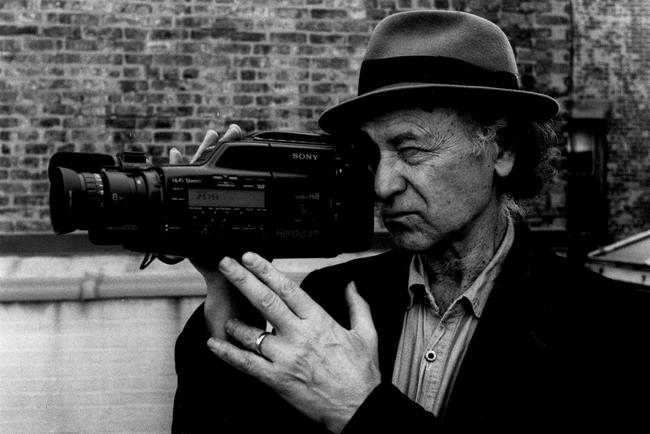The Iconoclastic Criticism of Jonas Mekas

For the Paris Review’s site, Dante A. Ciampaglia writes about the midcentury film writing of artist-writer-poet-filmmaker and all-around New York legend Jonas Mekas. For more than half a century, Mekas, now ninety-three, has been changing the landscape of experimental film, and his fervor for underground cinema is tireless. Between starting the publication Film Culture with his brother Adolfas Mekas in 1954 and opening Anthology Film Archives in 1970, the Lithuania-born Mekas became the Village Voice’s first film critic, using the platform to highlight the avant-garde, experimental, and underground works of such filmmakers and artists as Andy Warhol, Stan Brakhage, Gregory J. Markopoulos, and Jack Smith (whose legendary work Flaming Creatures was shown by Mekas in 1964, in spite of controversy about its supposed obscenity).
Among Mekas’s prolific output, Ciampaglia here takes on Movie Journal: The Rise of New American Cinema, 1959–1971, an anthology of Mekas’s Voice columns, previously out of print since the early seventies, but newly reissued this spring by Columbia University Press. Digging into Mekas’s extremely influential but subsequently underappreciated writing from that time and how vastly it differed from the Andrew Sarris–Pauline Kael pantheon of American film criticism, Ciampaglia explores what he calls Mekas’s practice of “anticriticism,” which he describes as a “bombastic evangelization more concerned with gleefully picking fights and snuffing out apathy than passing judgment on a film or serving as a consumer-guide reviewer.” (In 1963, he notes, Mekas called himself a “raving maniac of the cinema”—he was enthusiastic about film but vehemently opposed to tradition.) “It was his task to open minds and senses, destroying biases against underground film while also creating a more active cinematic body politic,” says Ciampaglia. “And that meant a whole-hog rejection of established critical tenets—especially a measured, clinical disposition that treats film as an inert object rather than a living organism.” Read the article in full over at the Paris Review.



